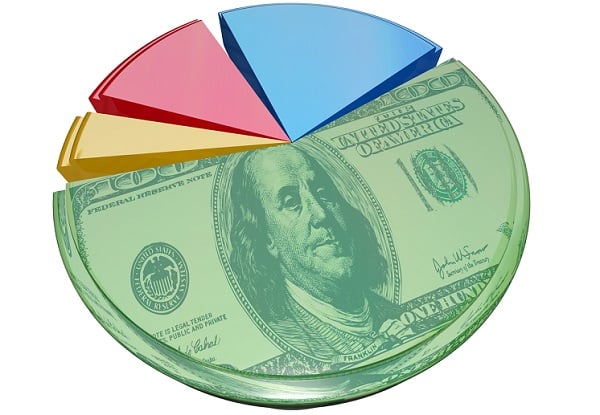 In 2018, the health insurance market in North America accounted for more than 33 percent of revenue and is expected to grow through 2026. Image: Shutterstock)
In 2018, the health insurance market in North America accounted for more than 33 percent of revenue and is expected to grow through 2026. Image: Shutterstock)
The health insurance market is pretty risky these days. There are the political and legal issues stemming from growth in the popularity of Medicare for All and the eventual fate of the Affordable Care Act, not to mention the usual mergers and acquisitions. Still, membership growth is expected, stemming from increased spending on health care.
According to the latest quarterly report from Moody's, health insurer earnings are still on an upward trend, thanks to membership growth and “efforts to contain medical costs [and] disciplined pricing.”
Recommended For You
Complete your profile to continue reading and get FREE access to BenefitsPRO, part of your ALM digital membership.
Your access to unlimited BenefitsPRO content isn’t changing.
Once you are an ALM digital member, you’ll receive:
- Breaking benefits news and analysis, on-site and via our newsletters and custom alerts
- Educational webcasts, white papers, and ebooks from industry thought leaders
- Critical converage of the property casualty insurance and financial advisory markets on our other ALM sites, PropertyCasualty360 and ThinkAdvisor
Already have an account? Sign In Now
© 2025 ALM Global, LLC, All Rights Reserved. Request academic re-use from www.copyright.com. All other uses, submit a request to [email protected]. For more information visit Asset & Logo Licensing.








